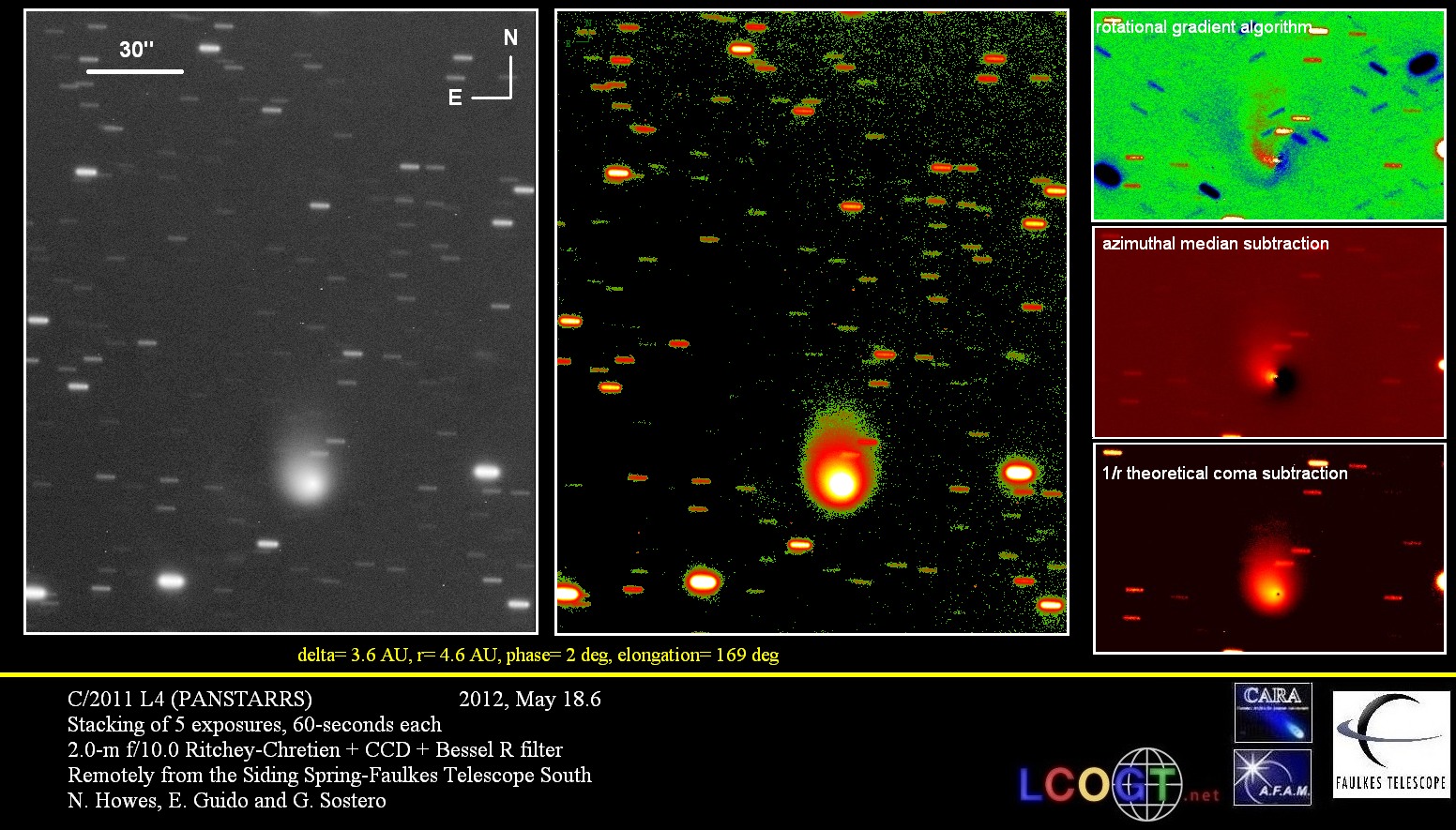OF THE
TIMES
I've had enough of someone else's propaganda. I'm for truth, no matter who tells it. I'm for justice, no matter who it's for or against. I'm a human being first and foremost, and as such I am for whoever and whatever benefits humanity as a whole.
NATO (UN) footstool of U.S. which is the Footstool of Zionist oligarchy. Ukraine is a half sister to Israel...read your history people.
FUCK BIBI !! These protests remind me of Kent state protests against another genocidal war, Vietnam.
Friends, For anyone following the Israeli/Gaza debacle my friend Prof Anthony Halls latest substack column contains some very serious...
Friends, For anyone following the Israeli/Gaza debacle my friend Prof Anthony Halls latest substack column contains some very serious...
In fact Rishi is screwed. You can fool some of the people some of the time yet not all the people all of the time. Worldwide people of all Nations...
To submit an article for publication, see our Submission Guidelines
Reader comments do not necessarily reflect the views of the volunteers, editors, and directors of SOTT.net or the Quantum Future Group.
Some icons on this site were created by: Afterglow, Aha-Soft, AntialiasFactory, artdesigner.lv, Artura, DailyOverview, Everaldo, GraphicsFuel, IconFactory, Iconka, IconShock, Icons-Land, i-love-icons, KDE-look.org, Klukeart, mugenb16, Map Icons Collection, PetshopBoxStudio, VisualPharm, wbeiruti, WebIconset
Powered by PikaJS 🐁 and In·Site
Original content © 2002-2024 by Sott.net/Signs of the Times. See: FAIR USE NOTICE

Reader Comments
to our Newsletter